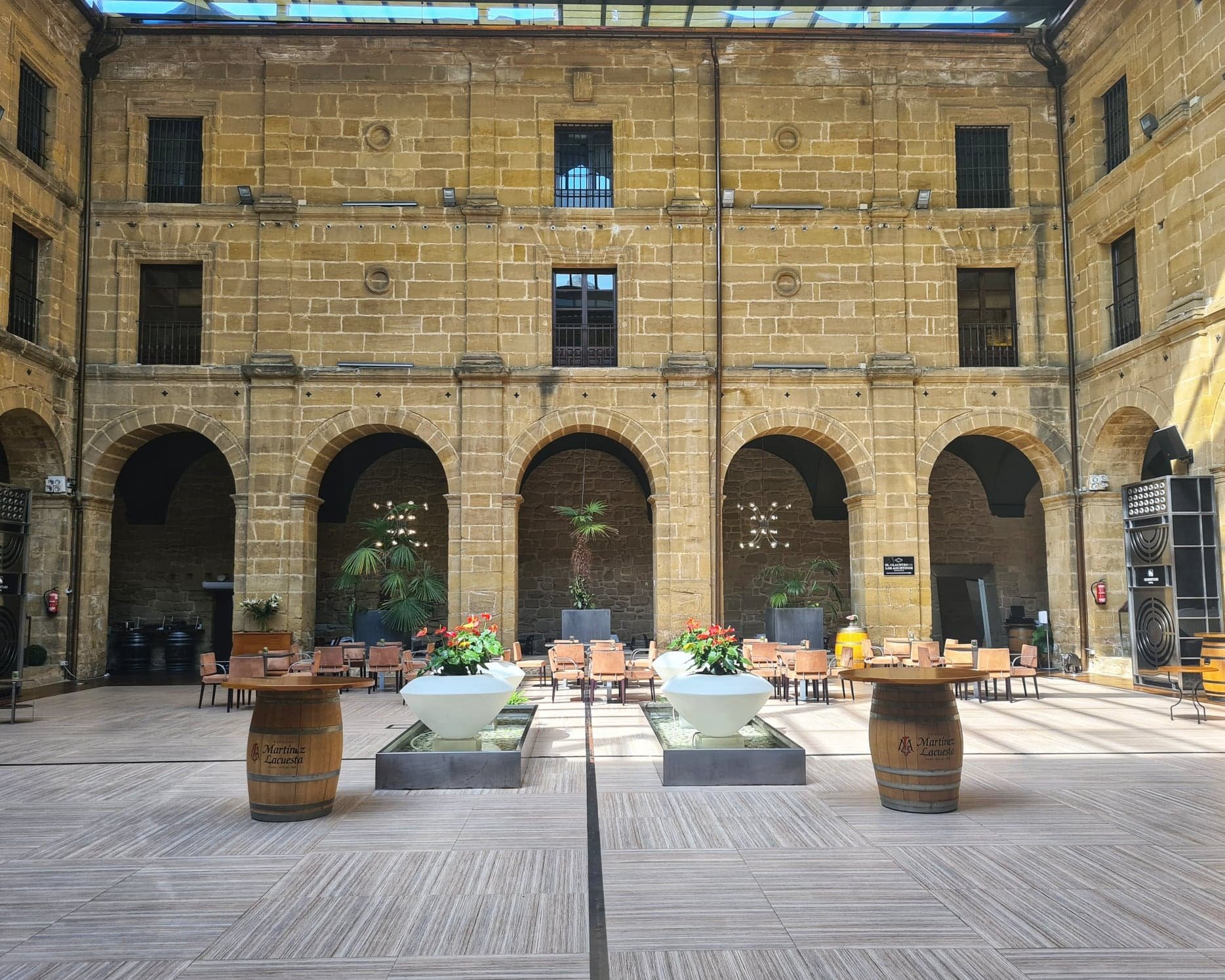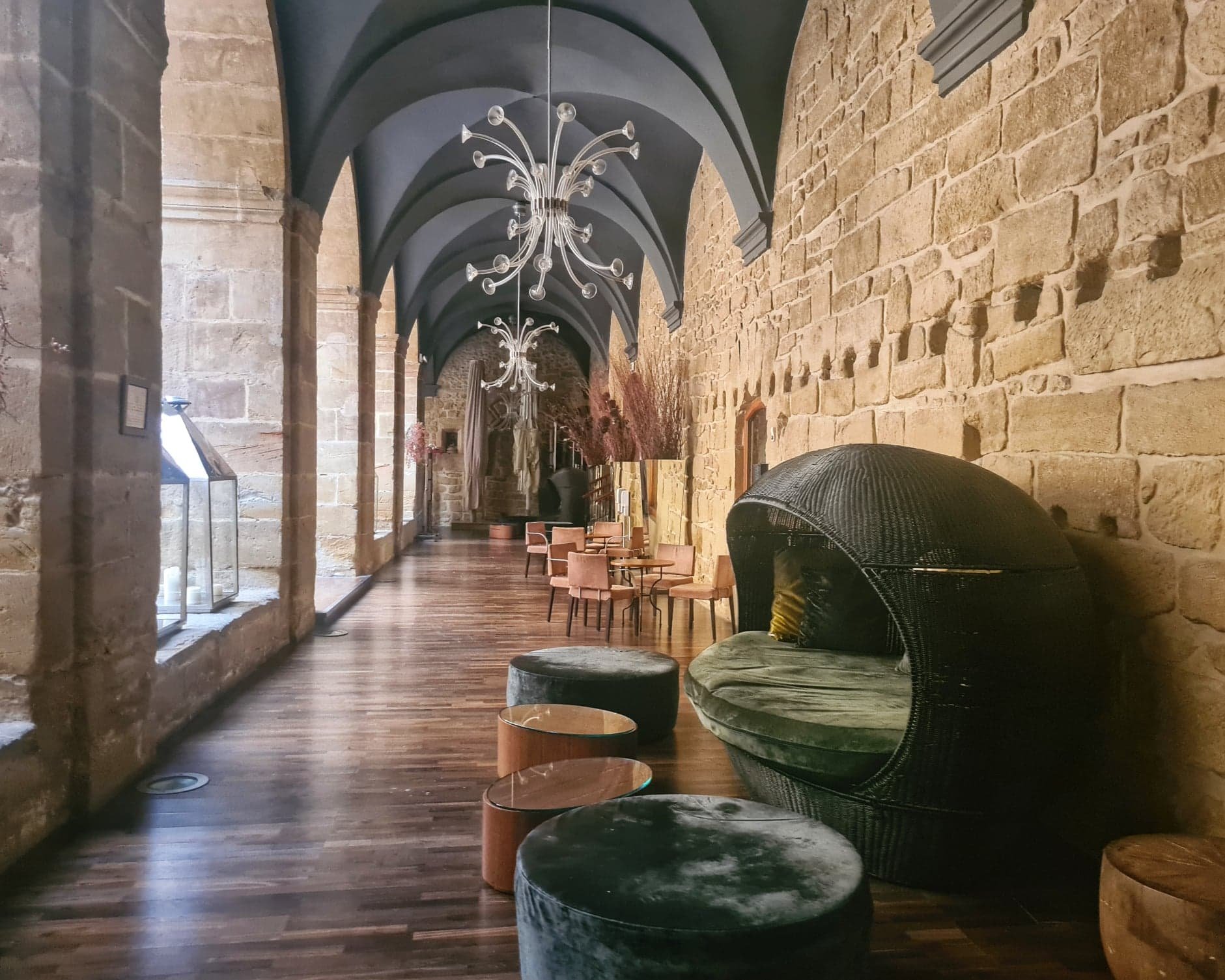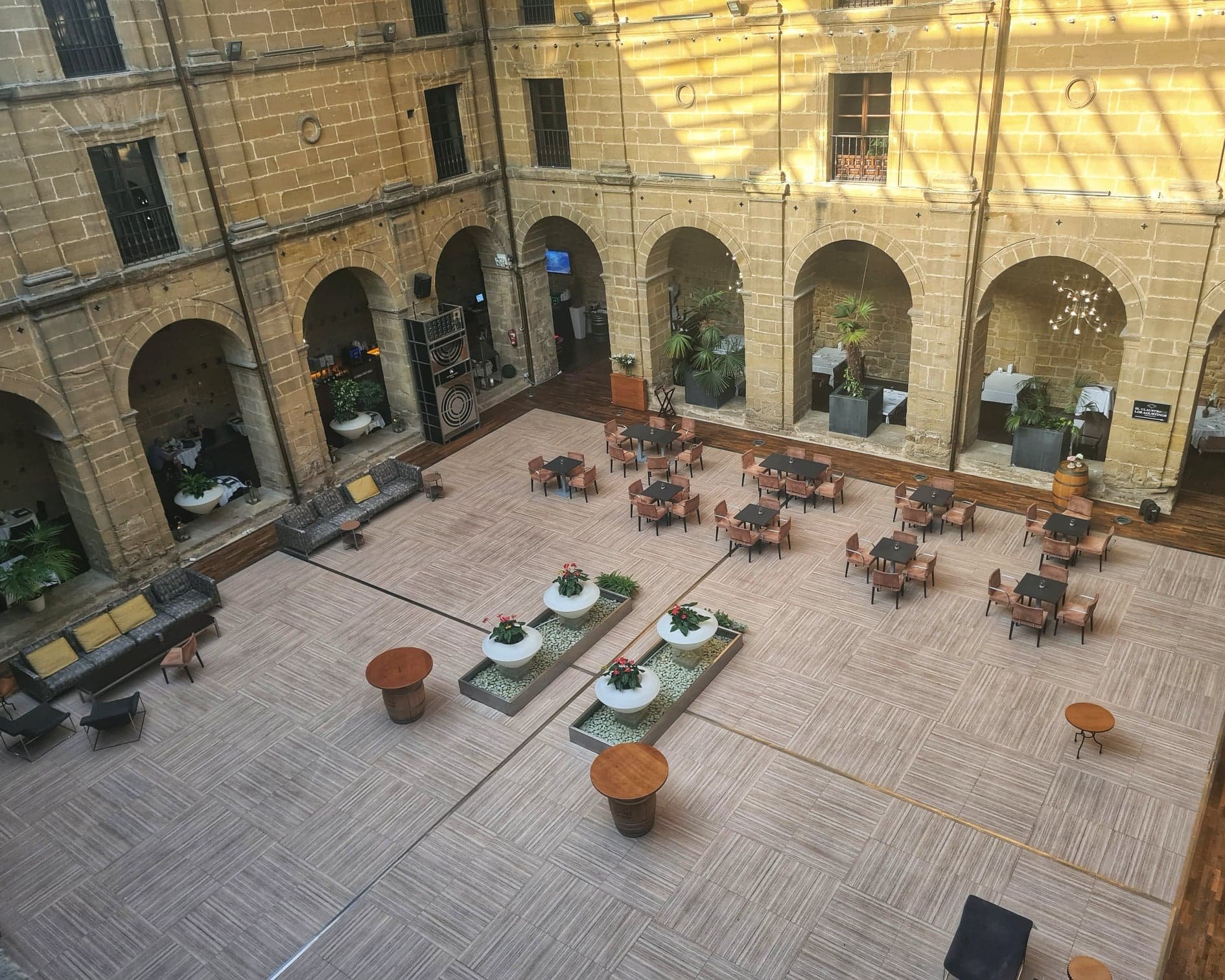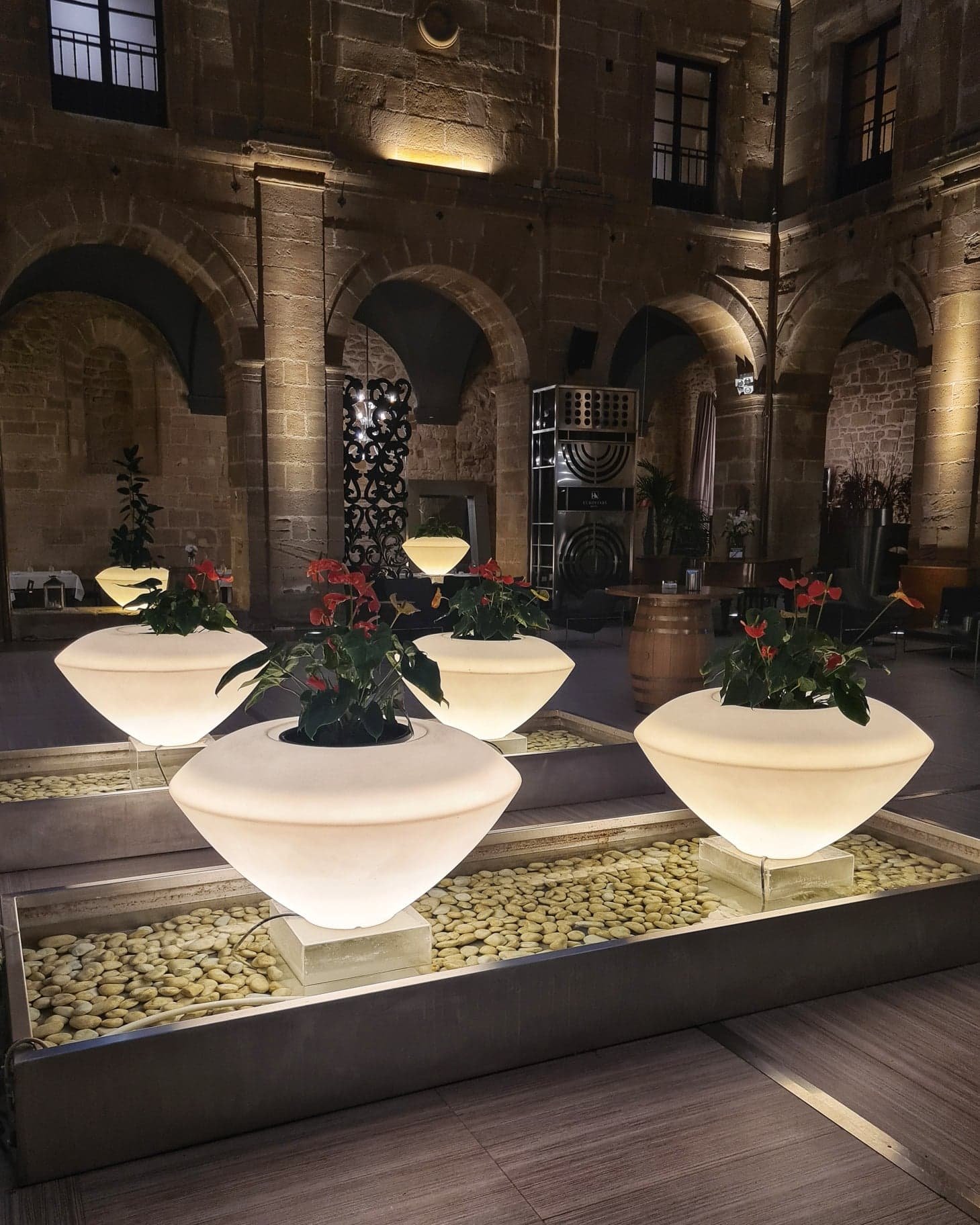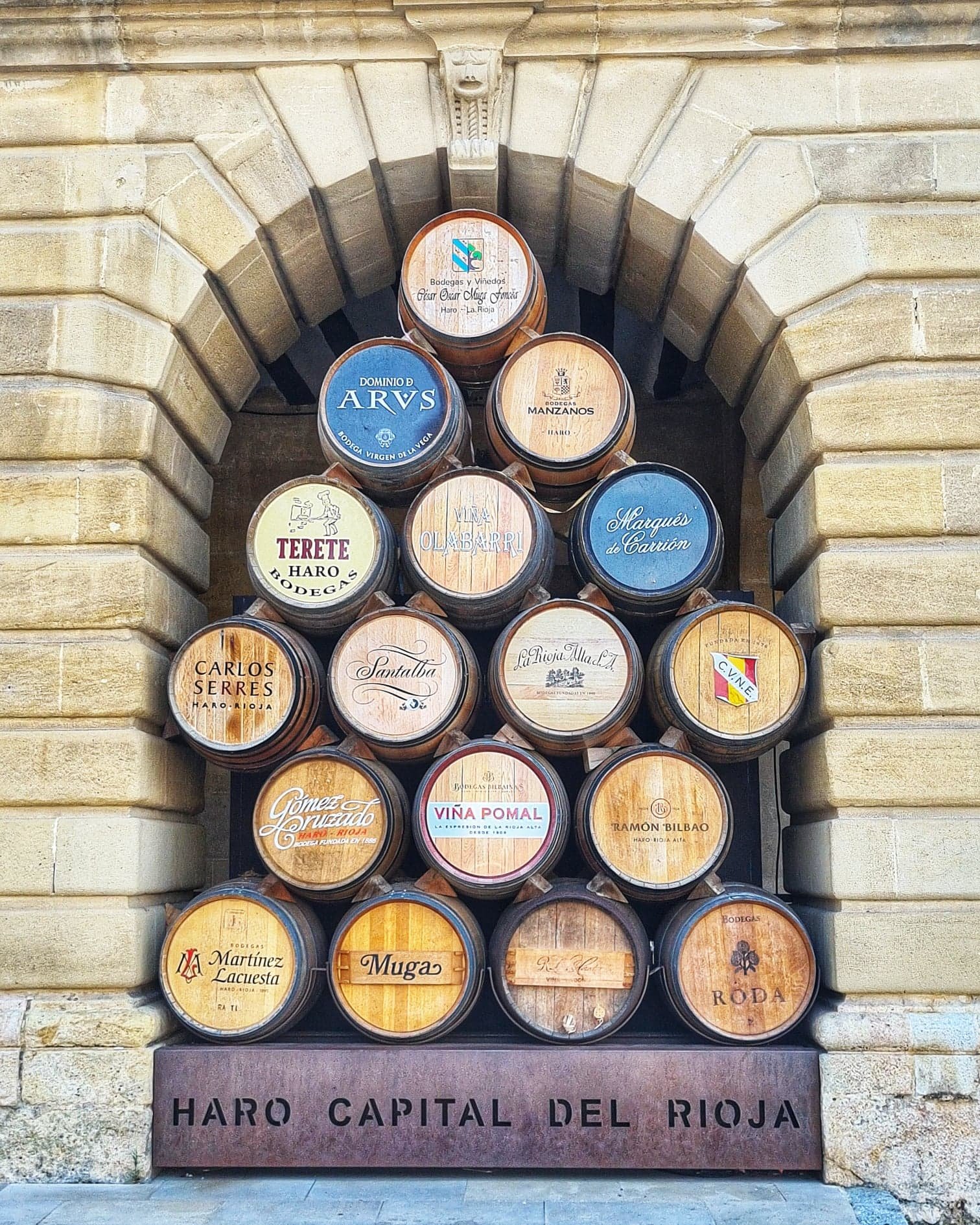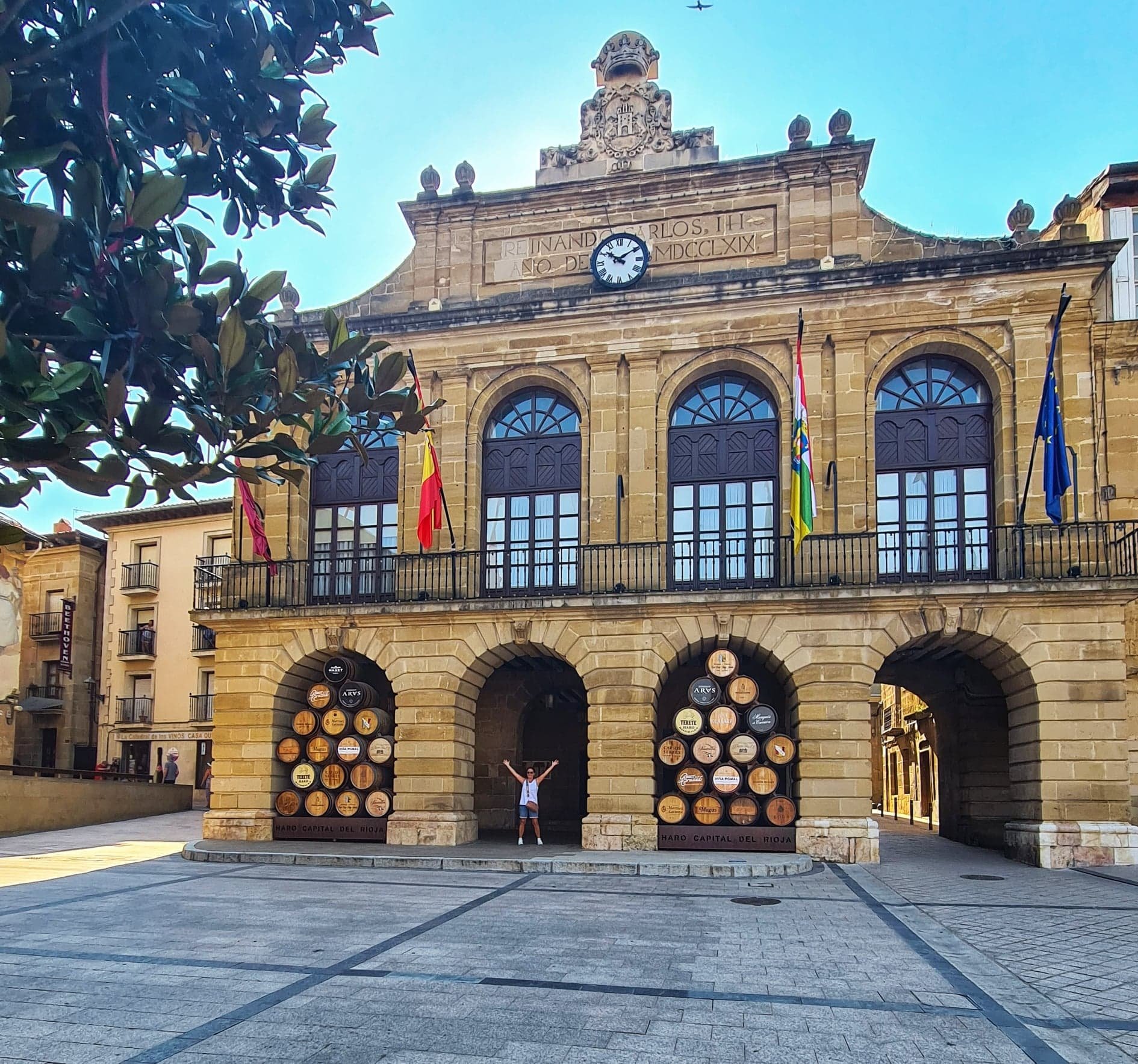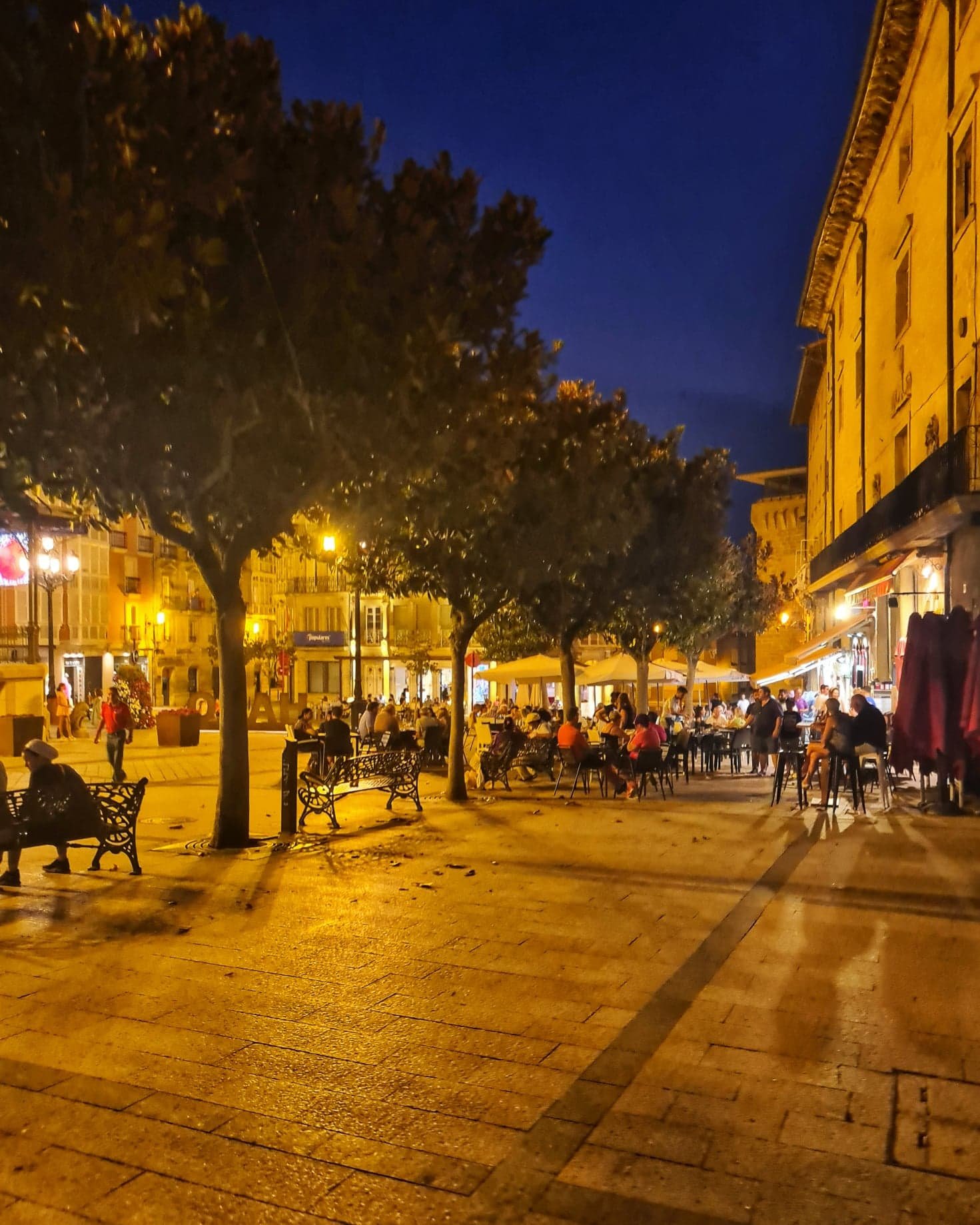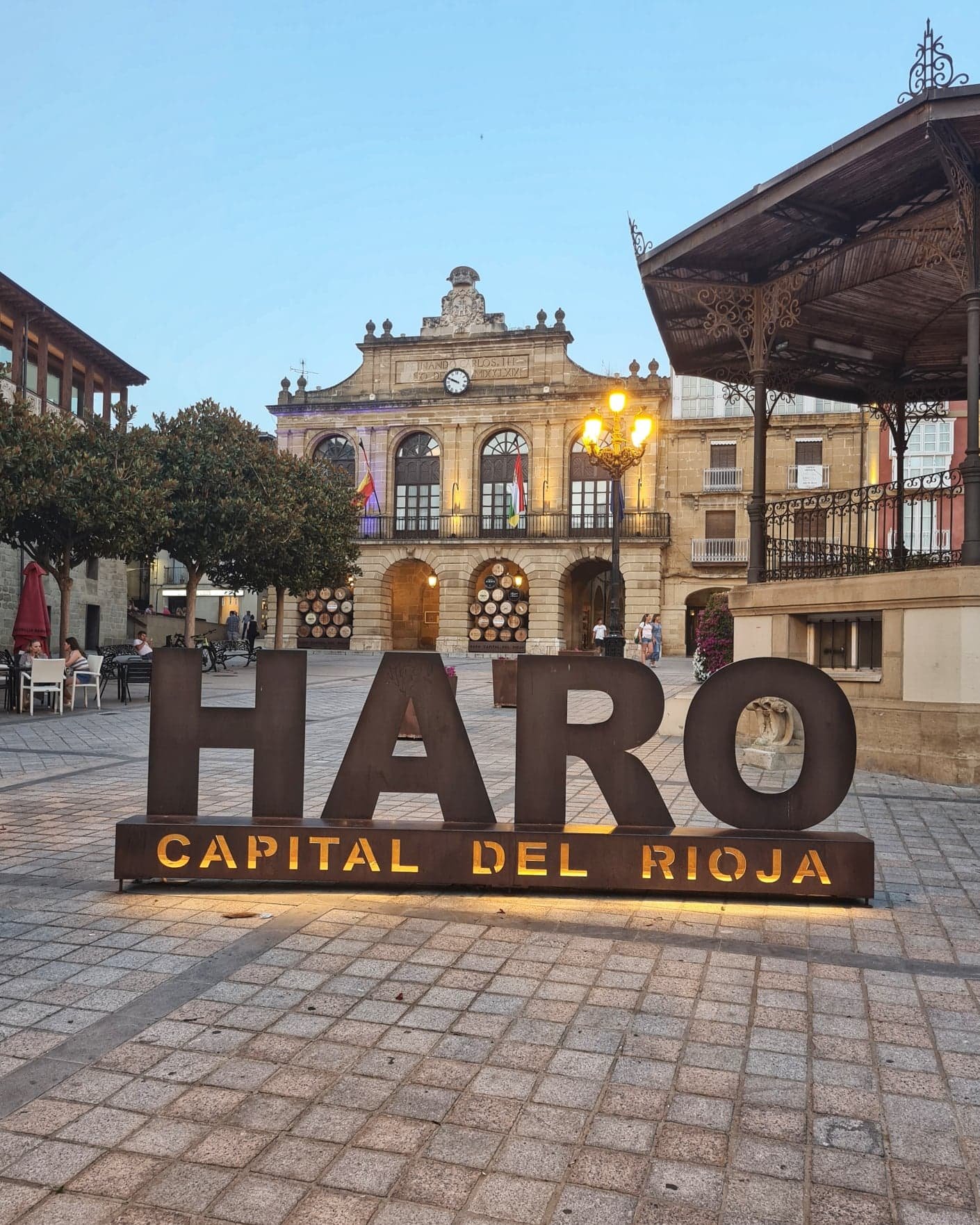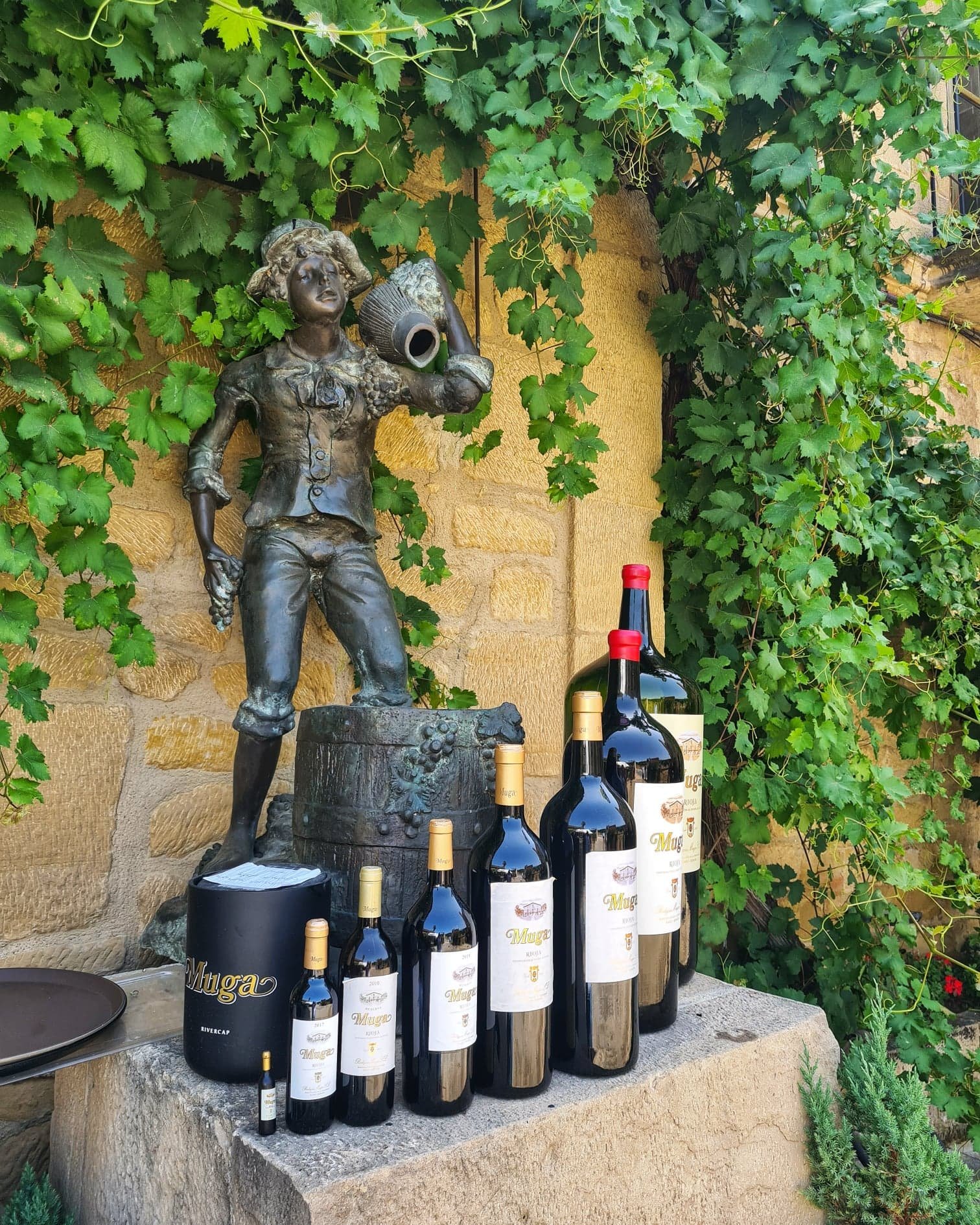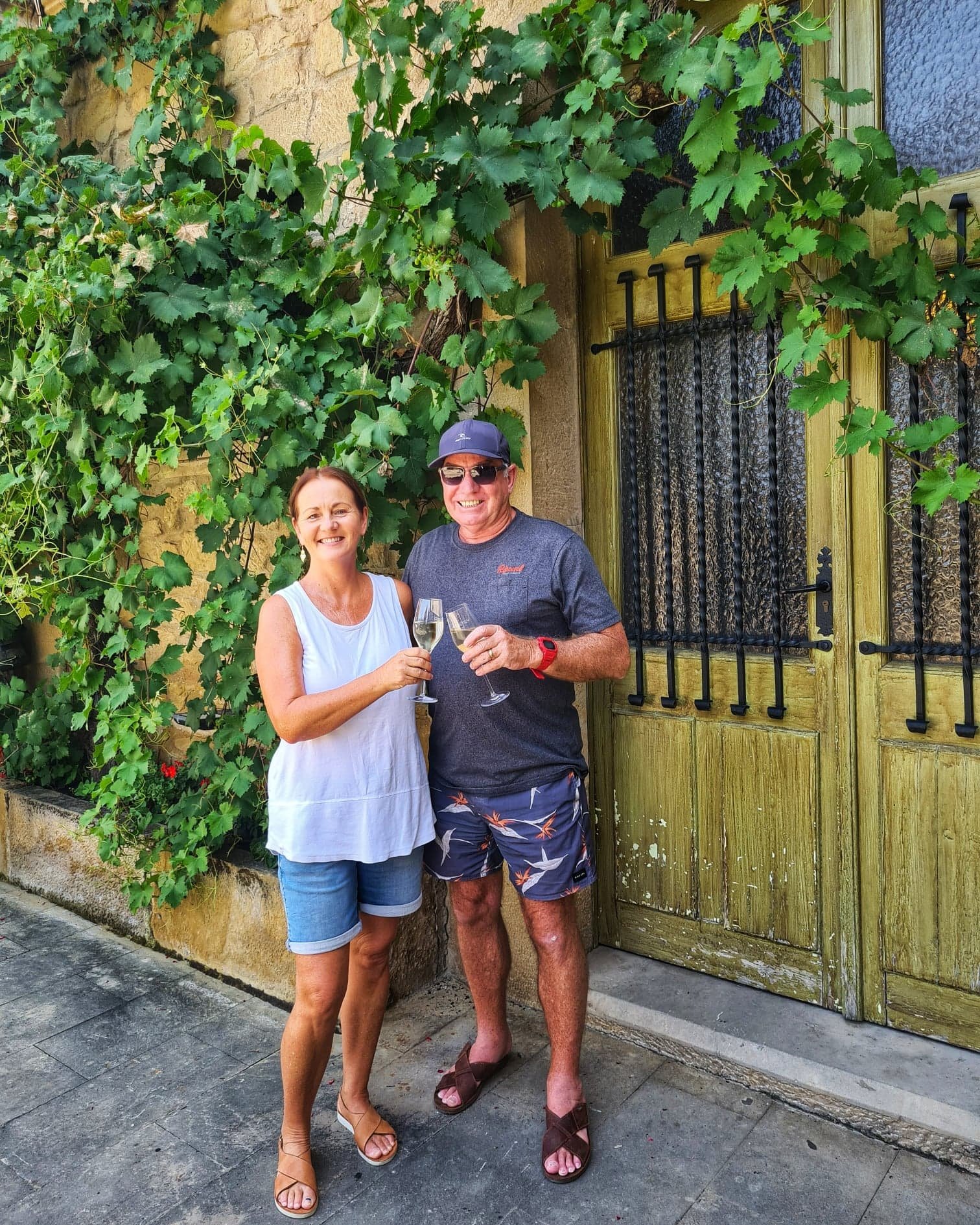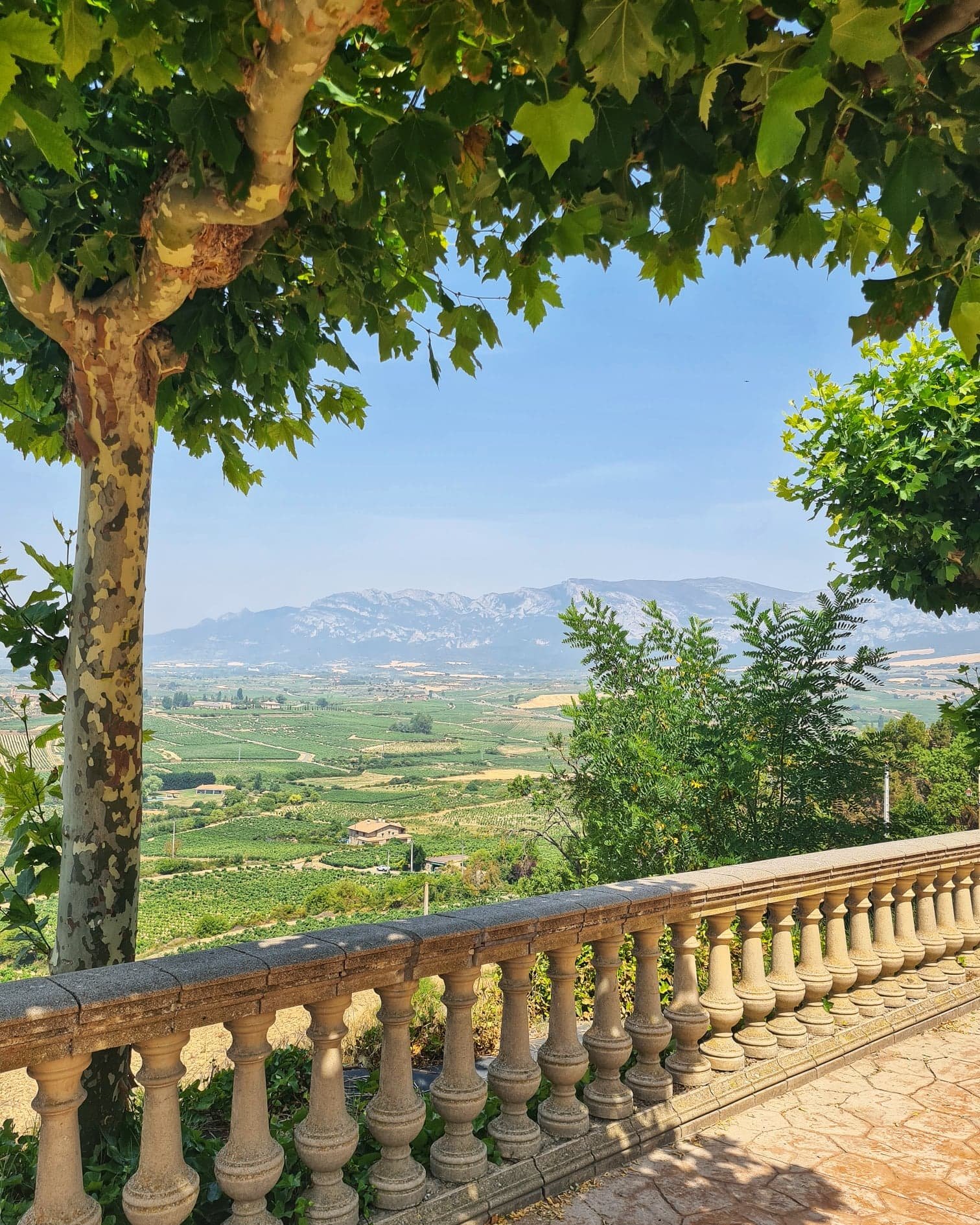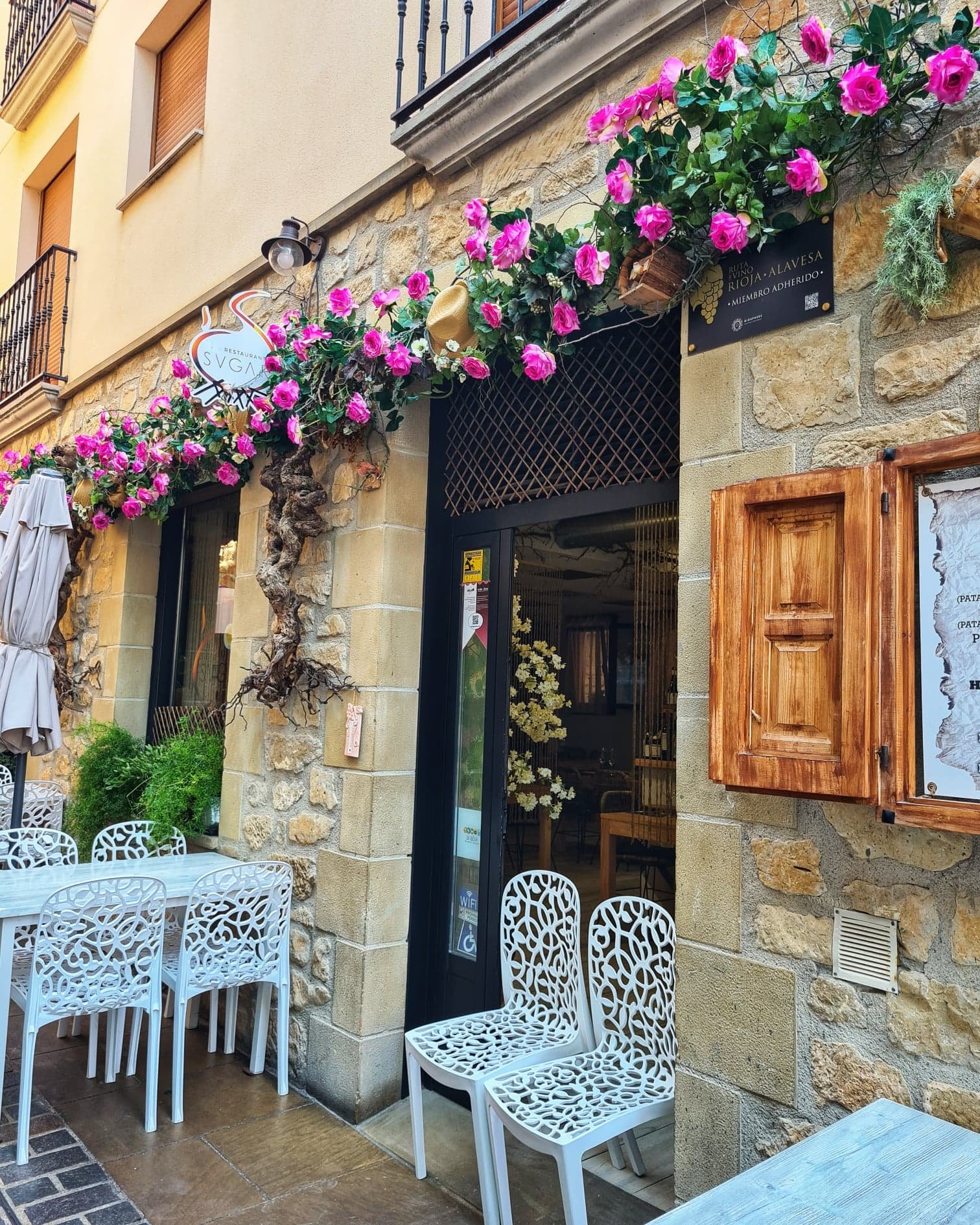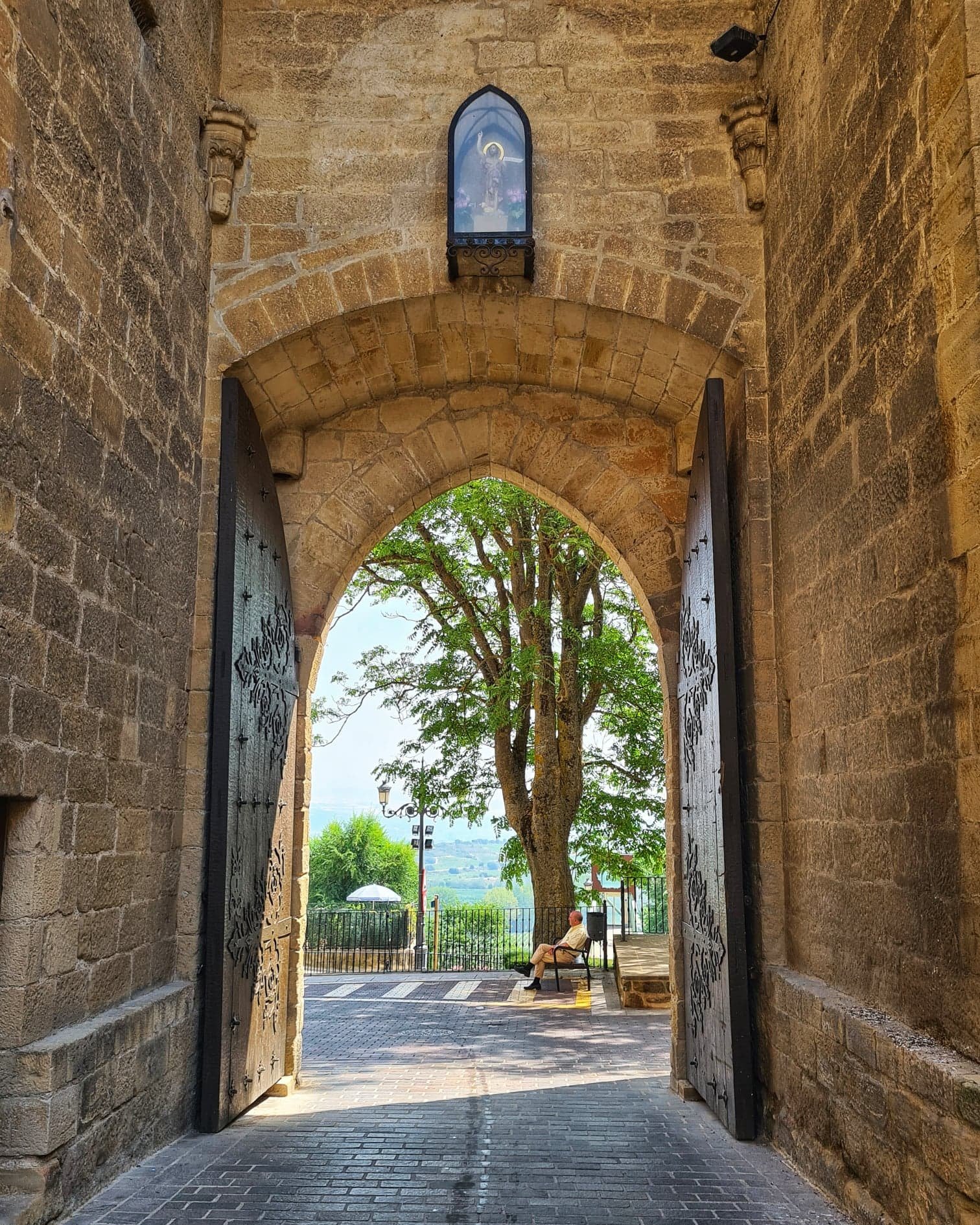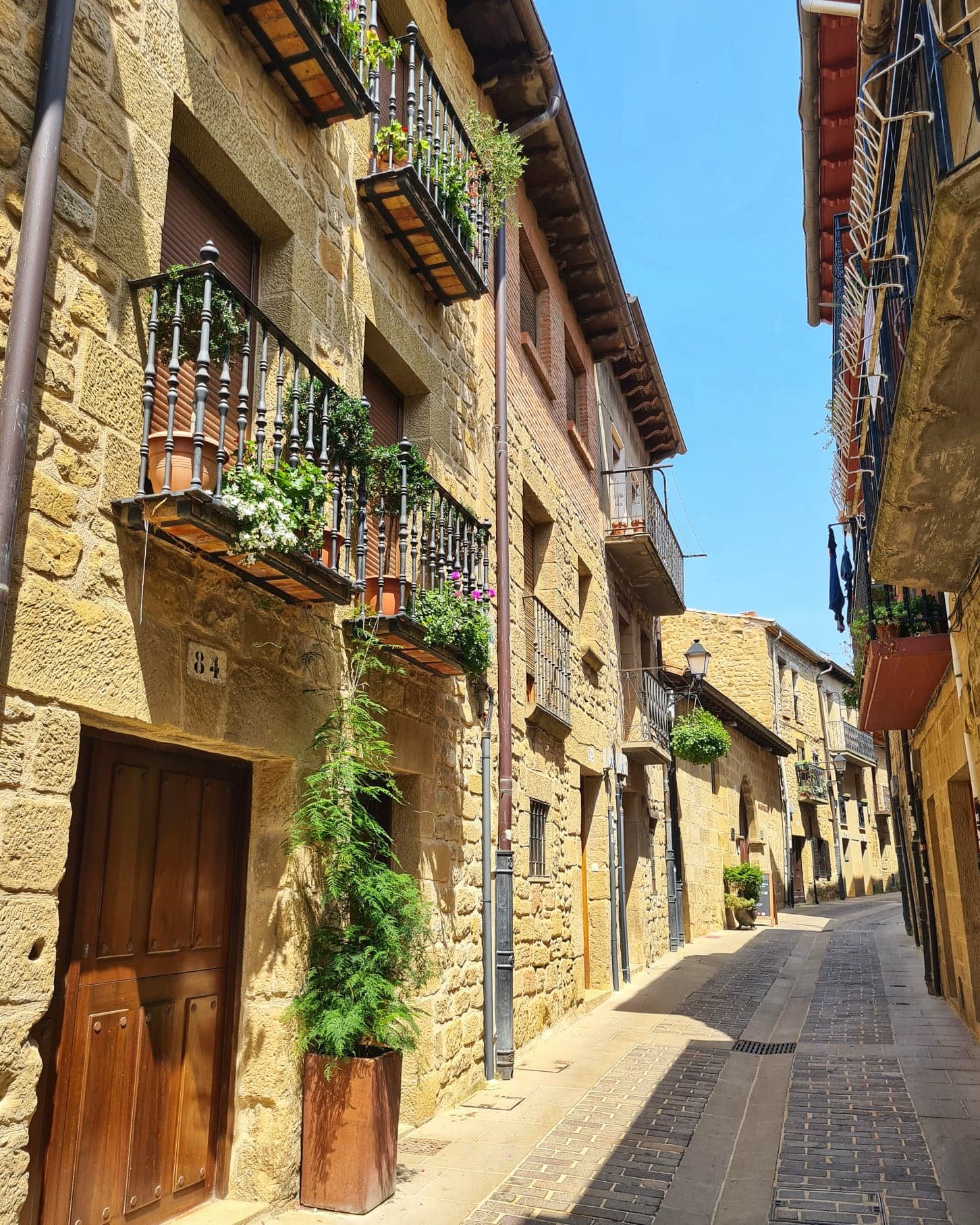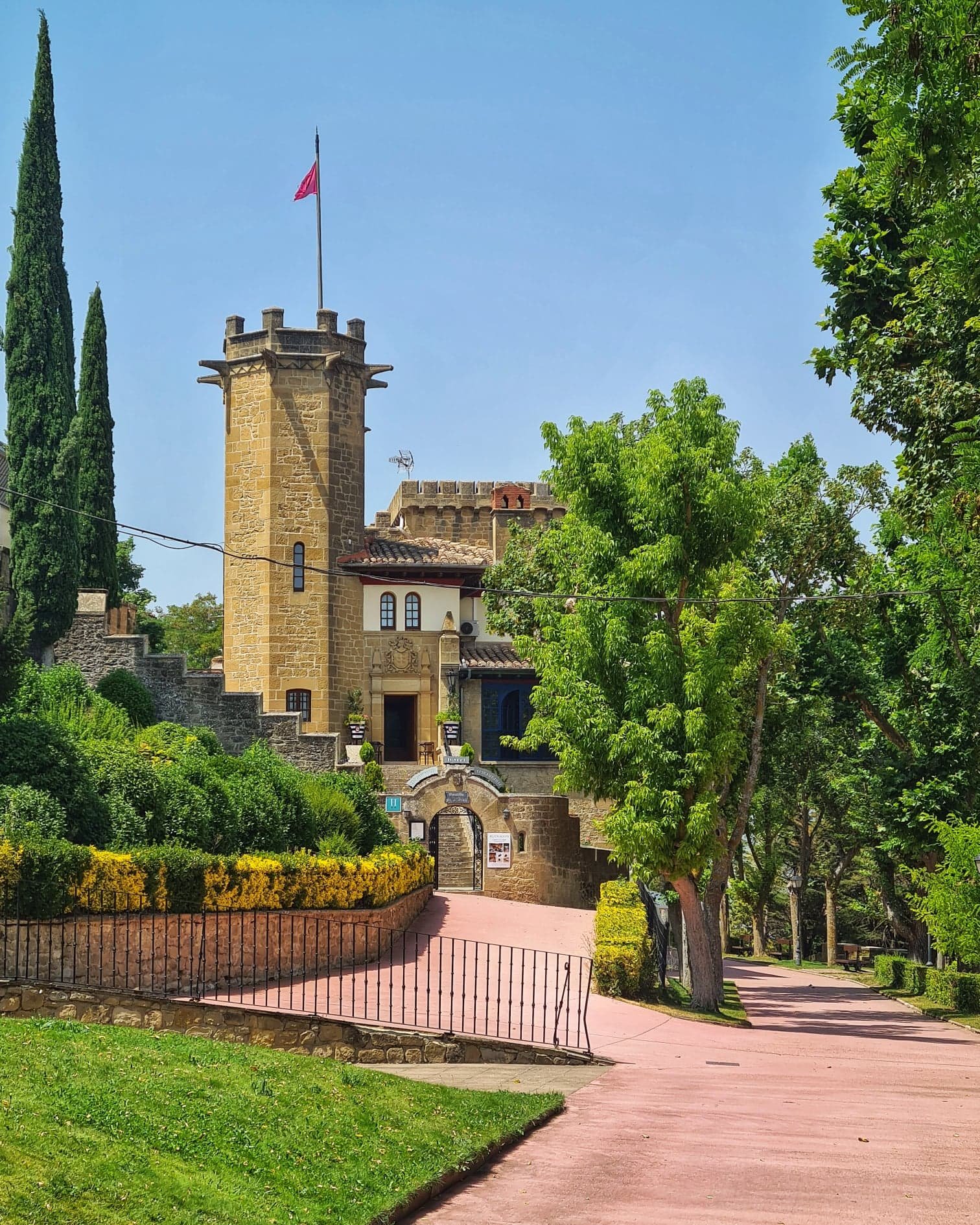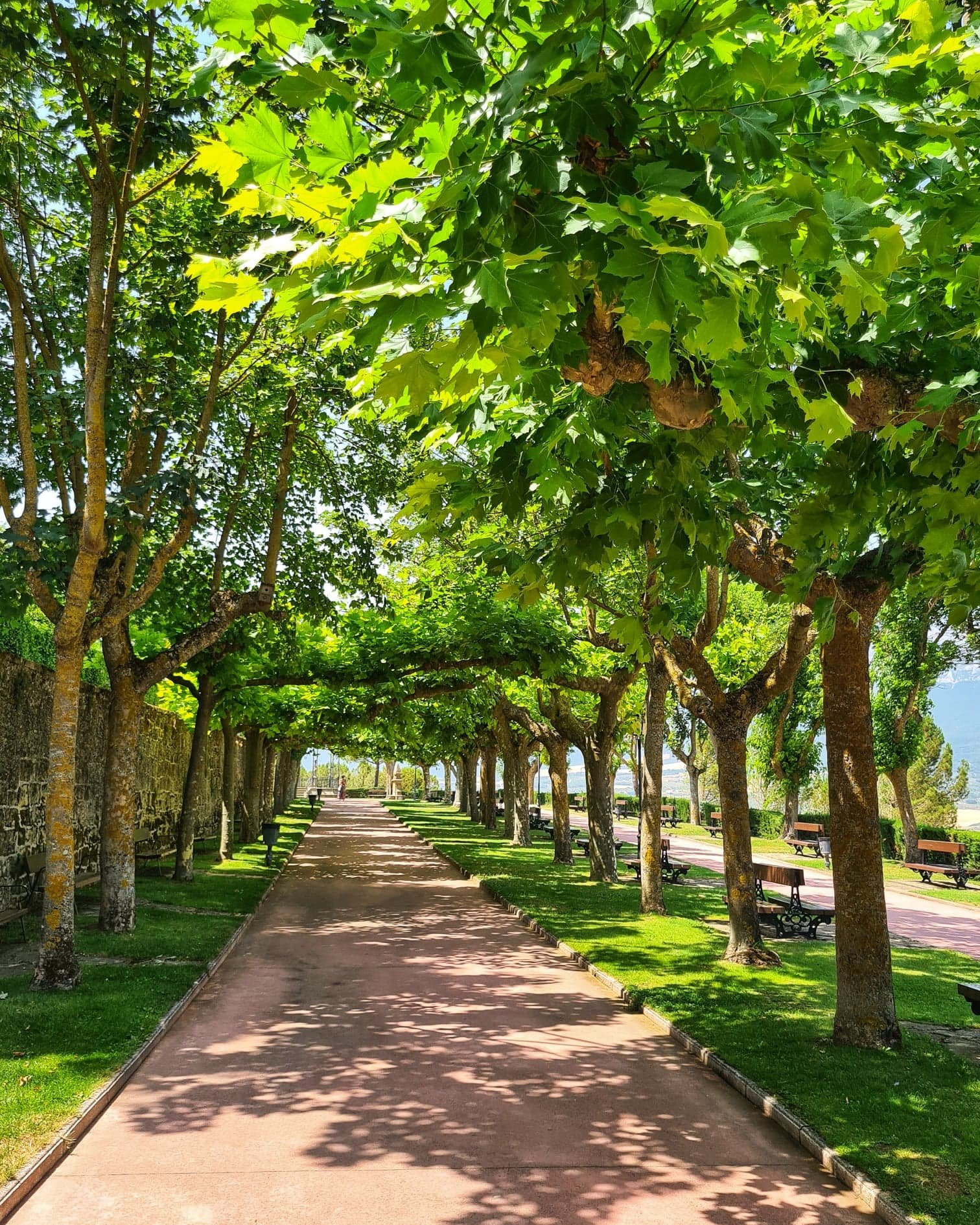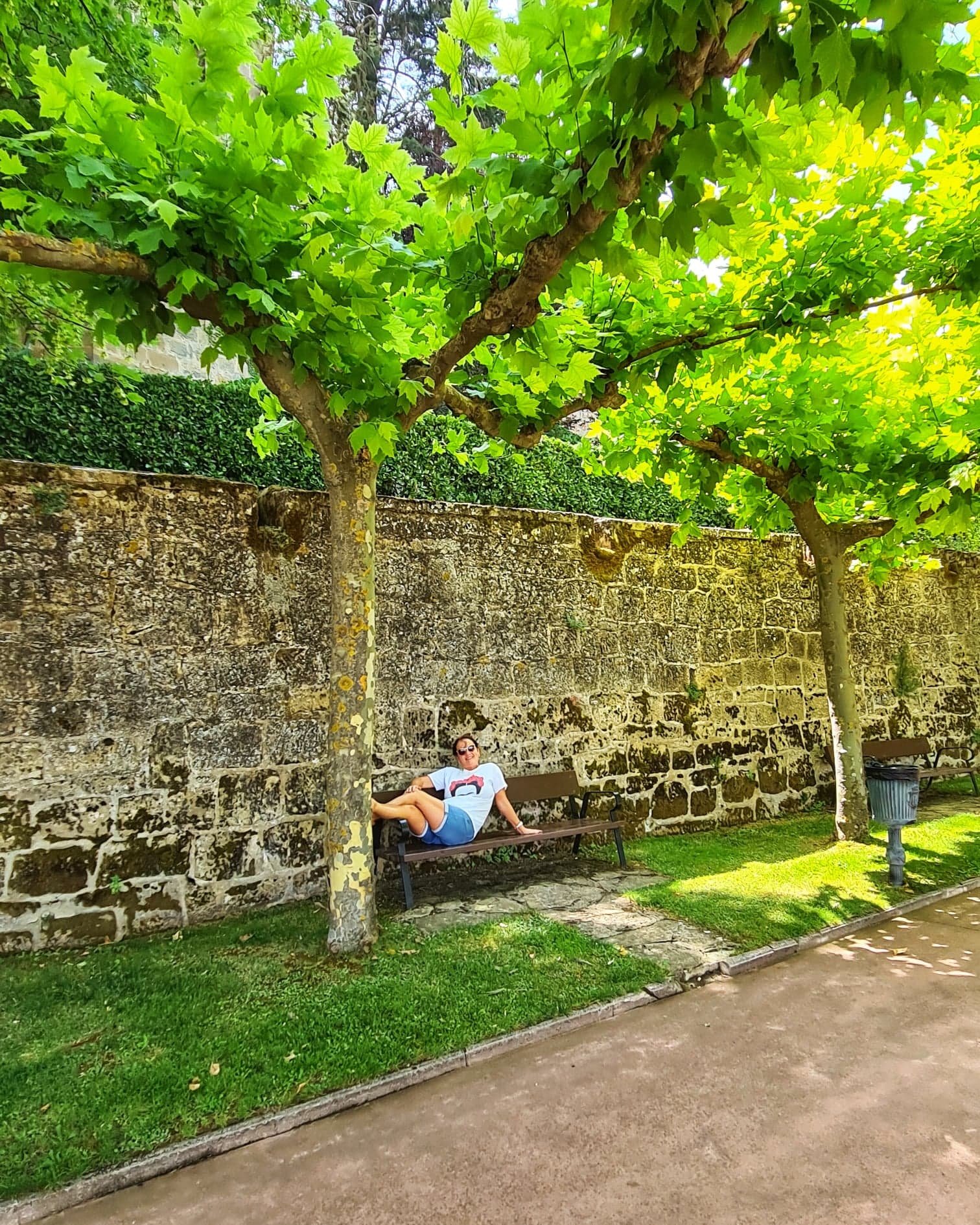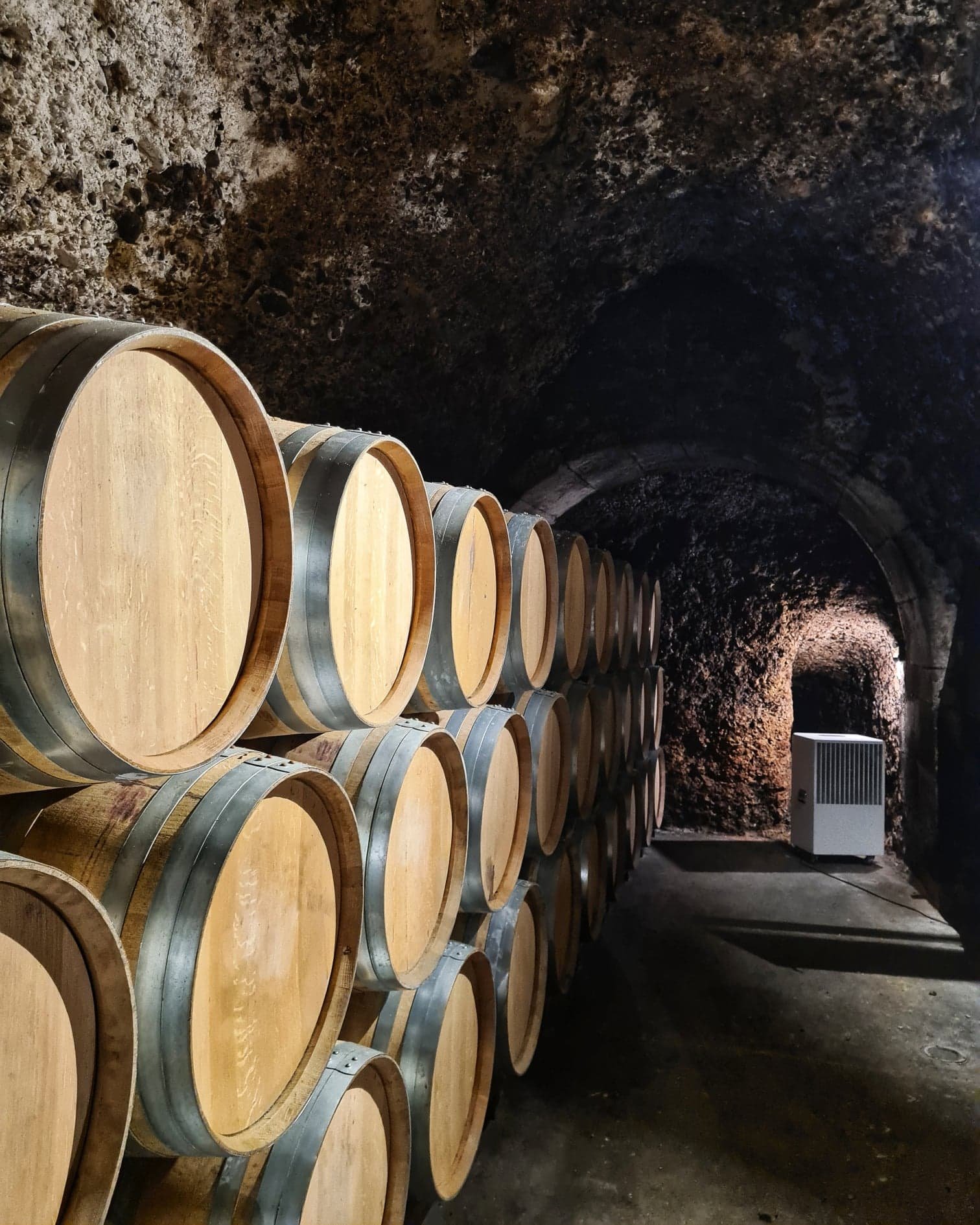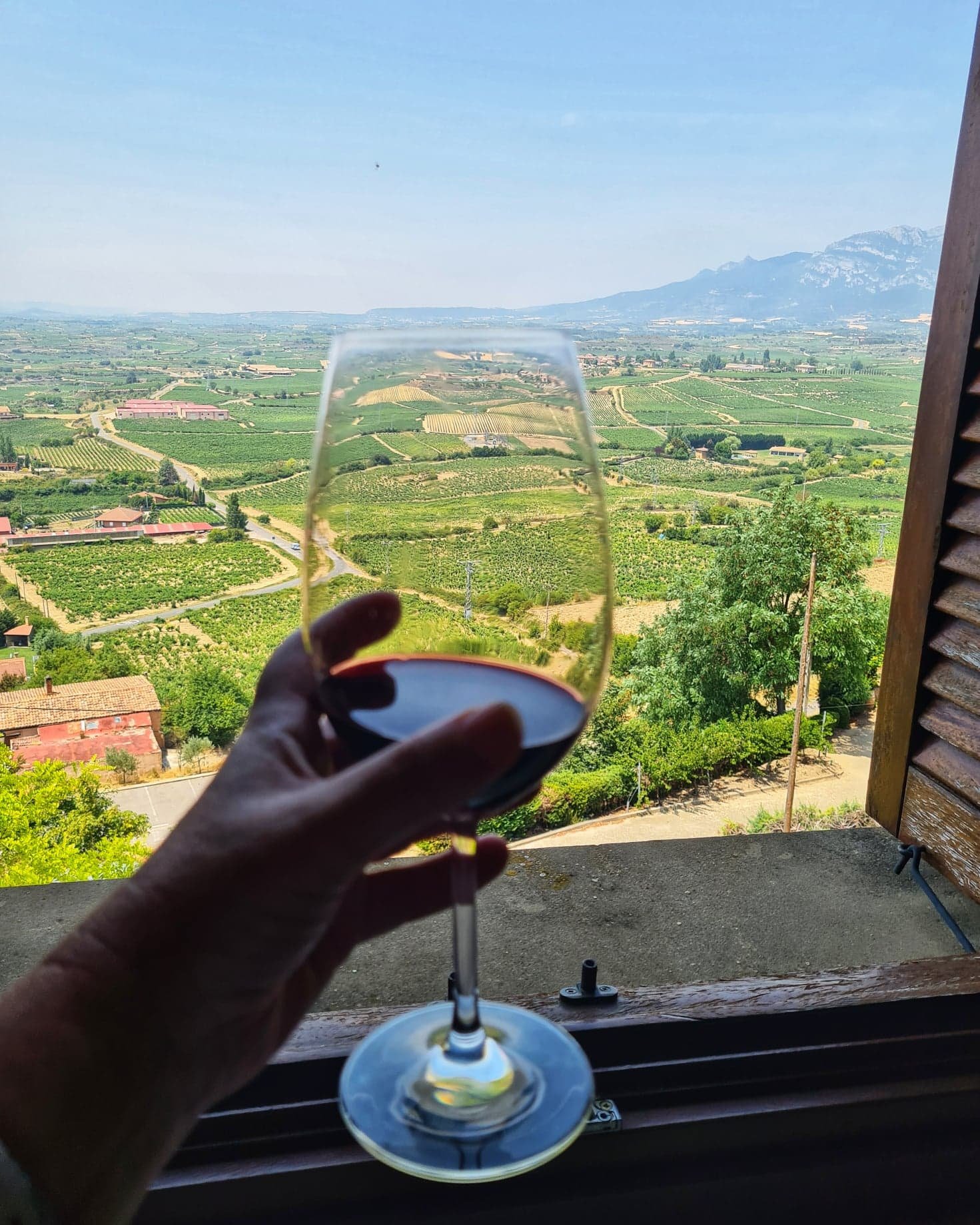La Rioja - The Best Known Wine Region in Spain
Haro is the capital of the largest wine area of Spain.
We went to Haro because it was recommended by Chris from the Spanish Wine Collective as we wanted to visit some wine areas in Spain.
We caught a train from Burgos to Miranda de Ebro. We were the first people at the train station at 7.30am in the morning. Our one hour trip was very scenic and we arrived bright and early at Miranda de Ebro. We were met by Jose from Taxi Haro, who is another connection we made through Instagram on the recommendation of Chris from The Spanish Wine collective. Jose is a lovely, friendly, helpful guy who made our trip to Haro so much better than it would have been.
After a 40 minute car ride, talking Spanish and getting all the information on the area, we arrived at our accommodation. Los Augostinos is a gorgeous ancient building that was built in the 1800’s. It was a convent, a military base, a military hospital, a jail and then become a hotel in 1989. The hotel had big wide hallways, spacious rooms and an enormous courtyard which has seating for the bar and the restaurant.
The main reason we went to Haro was to visit local bodegas (wineries) and try the wine. Firstly though, we explored the main area of Haro – which is quite small. There is the Plaza de Paz (Peace Plaza) in the centre of town. The cathedral Saint Thomas was built in the 1600’s and is a dominant feature of the city. There is a lovely lookout area behind the cathedral which has views all over the vineyards and the Ebro River.
It was difficult to find somewhere to eat, as most places don’t serve food until at least 8pm and sometimes 9pm and you don’t know when they are going to open. You just take pot luck and hope there will be somewhere open.
Haro became the wine capital after the French wine makers invested in the area when the French grapes were decimated by a insect plague in 1886.
The railway came to Haro in 1886 as well, so it was the perfect place for the production, and distribution of wine. A wine-making school was established at the same time.
The big draw card of Haro for wine-lovers like us is the Barrio de Estacion. It is an area of a couple of blocks with close to 20 bodegas. The bodegas are within a 10 minute walk from the centre of Haro.
The bodegas open from 10am to 3pm.
The first one we visited was Muga which was established in the early 1900’s. We had a cava (Spanish champagne) to toast Leanne’s new grandson. The cava was followed by a rose, and then a white wine and some local cheeses.
Wine tasting at the bodegas is very simple, you buy the glass of wine you want and drink it. There are no small free tastings like wine areas in Australia. If you do a “wine tour” (which you pay for), you get a tour of the wine making facilities and then a couple of free tastings. So basically, you are visiting really nice wine bars of each bodega selling their own wines.
The second bodega we visited that day was La Rioja Alta S.A. This is a very elegant bodega with very pretty gardens and a nice patio area. Unfortunately, it was in the middle of the heatwave and was way too hot to sit outside. The tasting room inside was airconditioned and a nice relief from the heat.
We then walked home in the 40 degrees back to our airconditioned hotel room.
Jose from Taxi Haro recommended we visit a small village called Laguardia. We have never heard of Laguardia before visiting Spain, and we almost didn’t go because of the heat, but Jose assured us it would be cooler in Laguardia and encouraged us to go as it is the most beautiful village in the area.
Well, he wasn’t wrong! On approaching Laguardia the scenery was out of a wine brochure. The village is 690m above sea level and is a walled medieval village on the top of the hill. It has a population of 1,500.
There is nothing about Laguardia that isn’t a wow. The lookout area at the main city gate has one of the best views you will ever see. Rolling hills, vineyards, famous bodegas and the mountain range of the Sierra Cantabria.
Once you enter the city you feel like you have been dropped into the middle of a fairy tale medieval wine village.
We had a little explore up and down the cobblestone streets before our wine tour. Pretty balconies covered in flowers, restaurants with lovely courtyards. Then we found the main plaza with a lady playing the piano accordion, sitting under a Spanish flag, surrounded by quaint little Spanish shops.
At 1.00pm we headed to Casa Primicia for our wine tour. It is in the middle of town and used to be an old church where they made wine centuries ago. The local people had to pay their taxes in grapes. The church stored all the grapes and made wine, then they made the locals buy the grapes back which they carried in a bloated goat skin.
The tour takes you into grape storage area where the walls are stained red from the grapes from hundreds of years ago.
We also went into the wine storage area in the caves underneath the old church.
Casa Primicia was started by Juan Madrid after the church was abandoned for many years. He wanted to make Casa Primicia and Laguardia the heart of the wine area. He passed away, but his sons and grandsons and now keeping his dream alive.
A really nice touch to the wine labels at Casa Primicia is the use of Juan Madrid’s fingerprint as a grape.
After the tour we did a wine tasting in the tasting room above the old church that had views over the wineries.
We tried all the wines we could, and they were amazing as Casa Primicia has won many awards and is very focused on keeping their quality to the highest standards.
After our tour we headed off for lunch at a restaurant on the escarpment called Café Blanca. Juan was the friendly waiter who gave us the best view in the house. Leanne had lots of Spanish practice and enjoyed Juan’s compliments on her Spanish abilities and that she looked so young to have eight grandchildren.
After lunch we took a stroll along the path around the outside of the city walls. The landscaping is immaculate with big shady trees, hedges and lush green grass. Then in the distance are all the views of the vineyards, bodegas, mountains and Sierra de Cantabria.
We left Laguardia feeling like we had experienced something very special. One of very favourite places in Spain.
If you love wine, love views, vineyards and medieval villages, then Haro and Laguardia should definitely on your list.
You can listen to just how beautiful we thought this area was in our podcast here or below.
